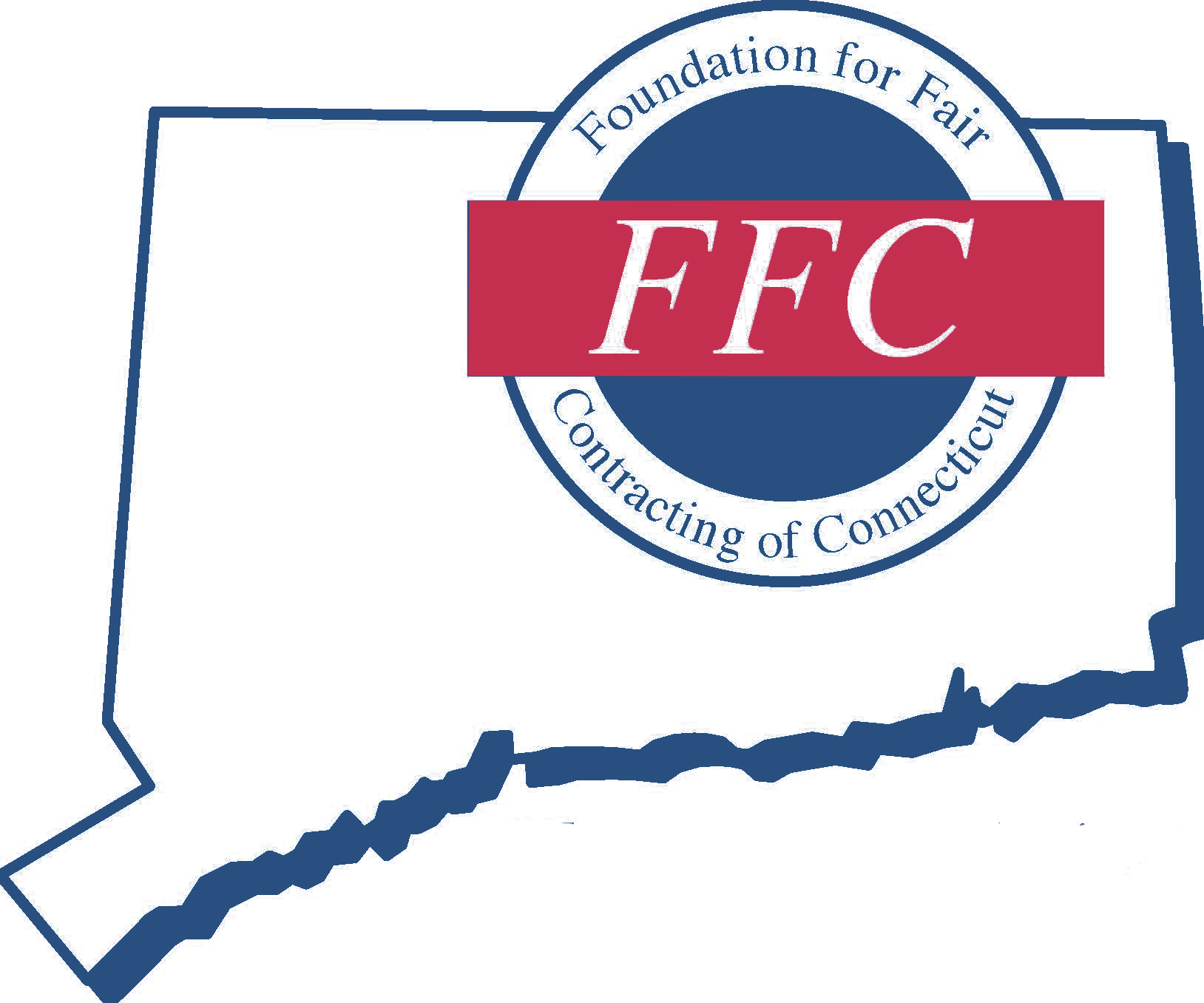With Connecticut’s rainy day fund now projected to approach $4.1 billion — seven years after it held about 1/20th of that total — calls to reassess what many call the state’s aggressive savings programs continue to grow. The most aggressive savings program, which is supposed to bar legislators from spending only “volatile” income and business tax receipts — those that might surge one year and vanish the next — instead has been very reliable, grabbing an average of $1.4 billion annually in its first seven years and never less than $530 million in a single year. And if analysts’ latest projections are correct, the volatility adjustment will capture hundreds of millions of dollars annually — without failing once — through its first 11 years, taking in an average of $1.2 billion per year between 2018 and 2028. Legislators, who couldn’t touch those funds, assigned the last $510 million of expiring federal pandemic relief to bolster higher education, child care, mental health services for kids and other social services in the 2024-25 fiscal year. After that, though, state funds must be found to supplant those vanishing dollars, or programs face big cuts.
CT now sitting on $4.1 billion budget reserve

